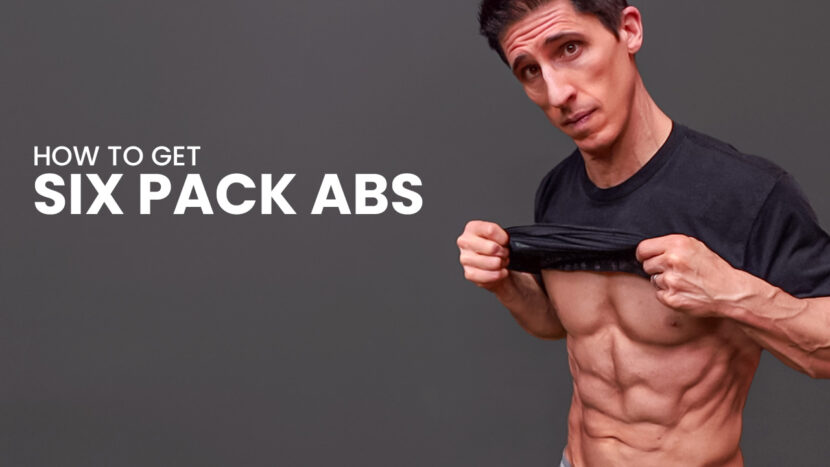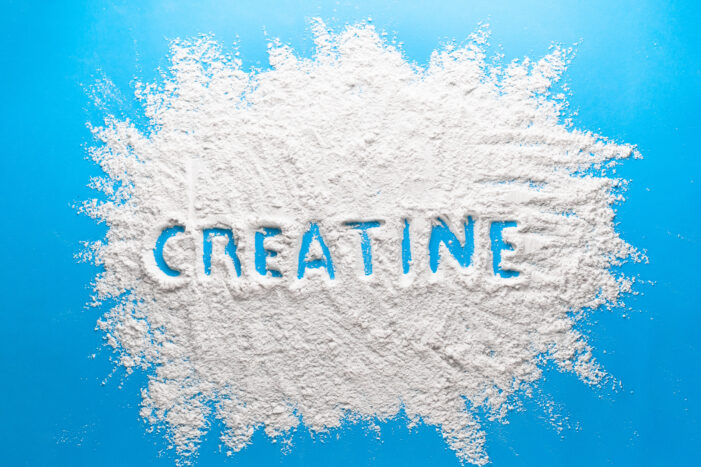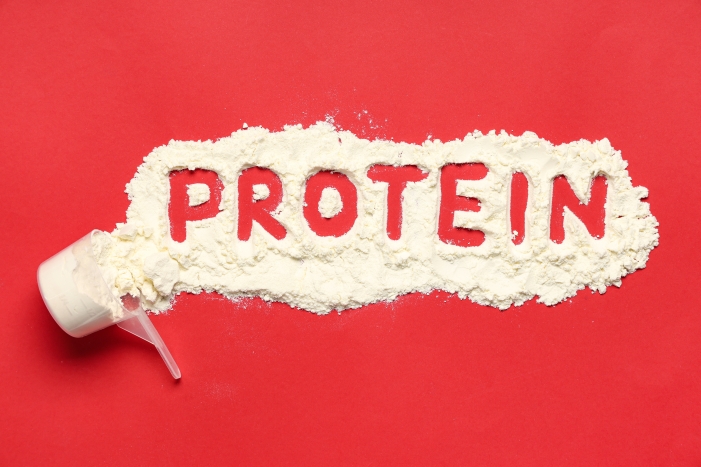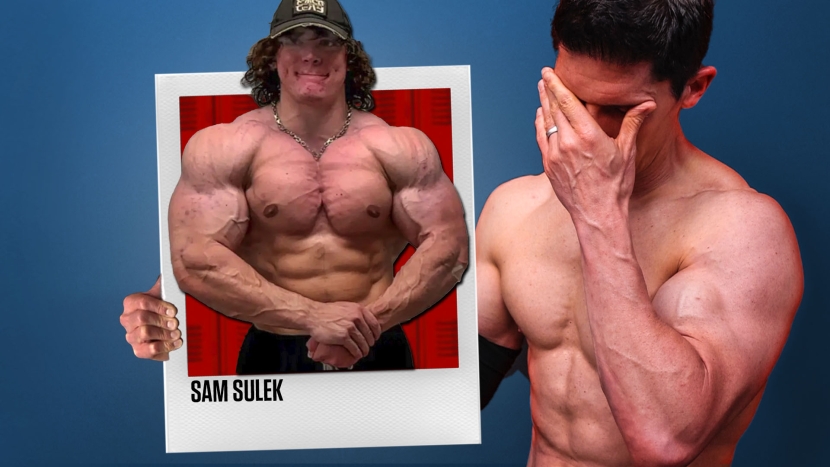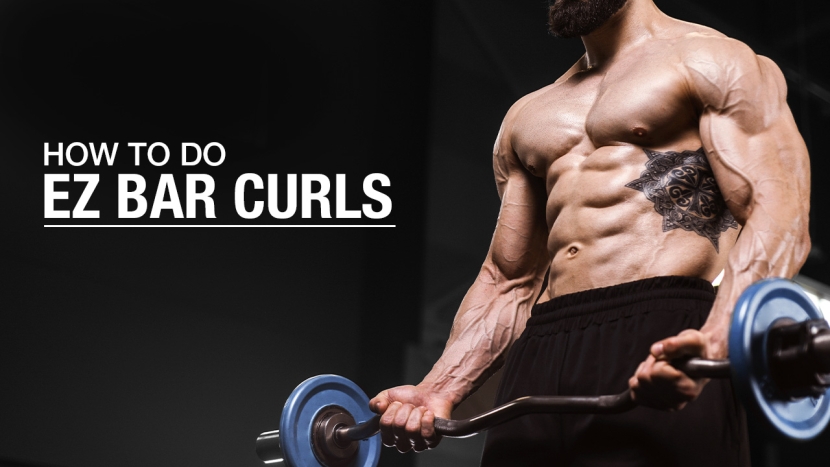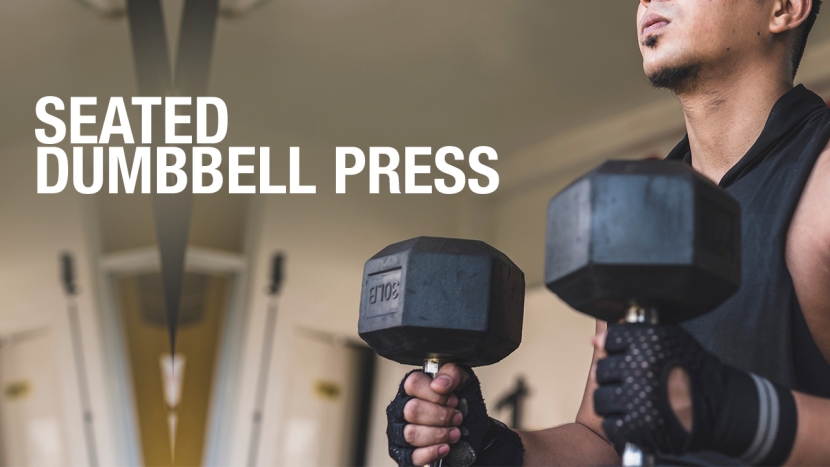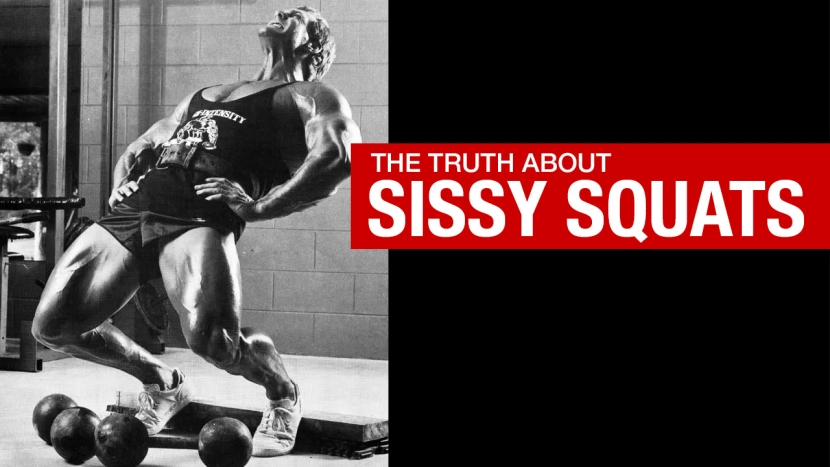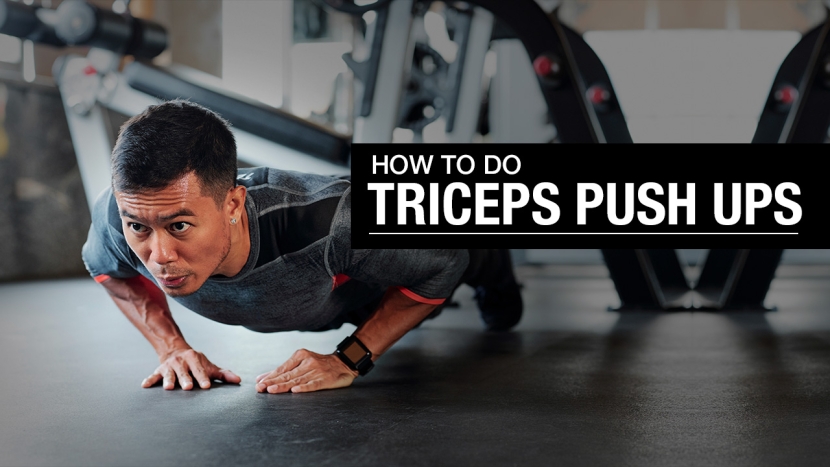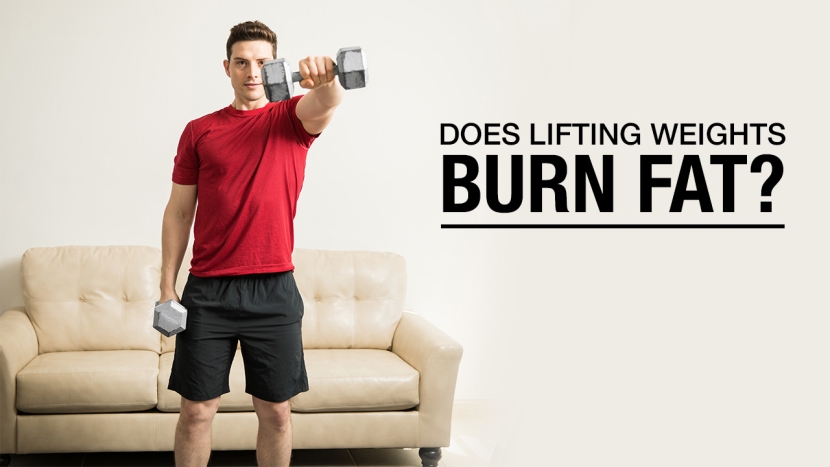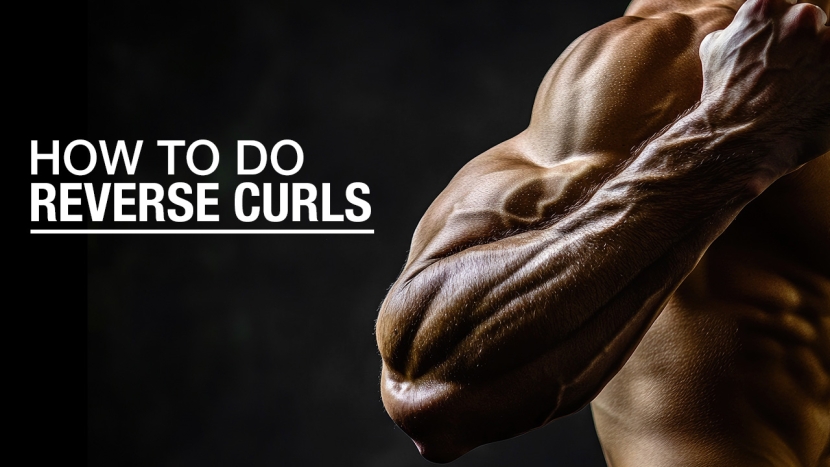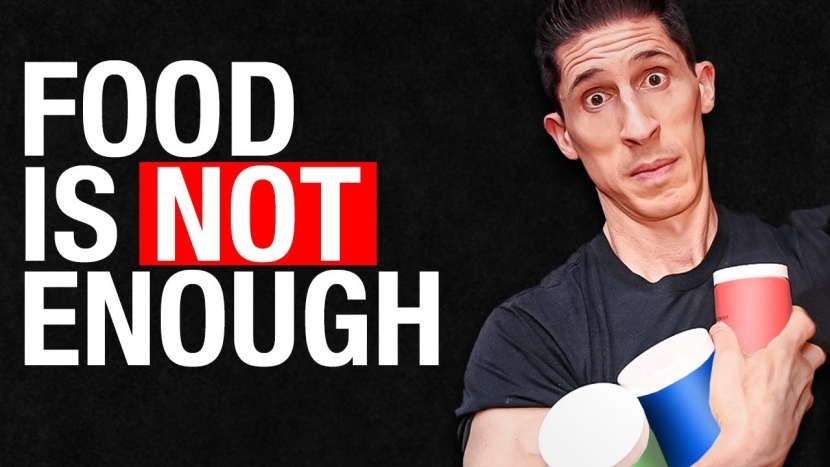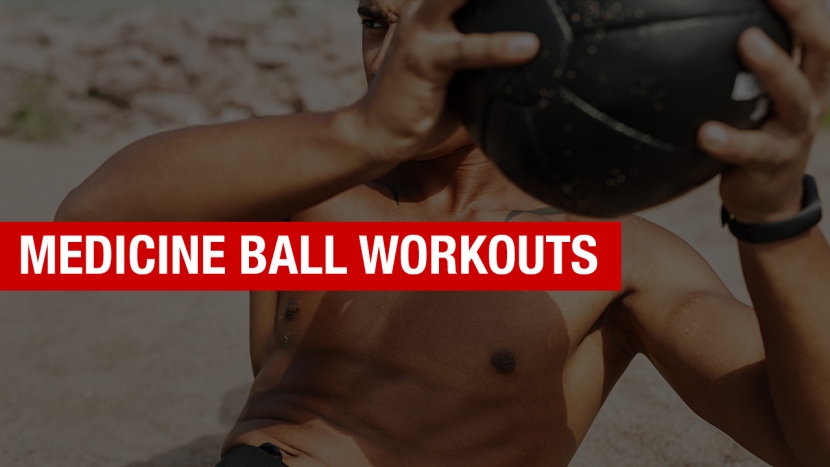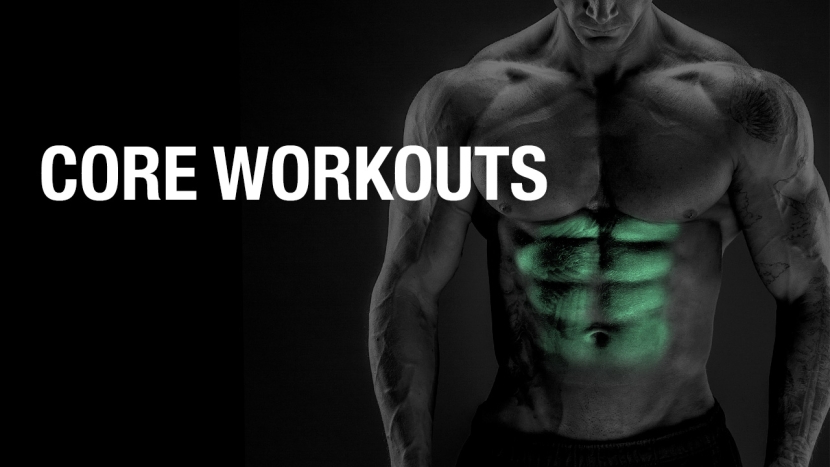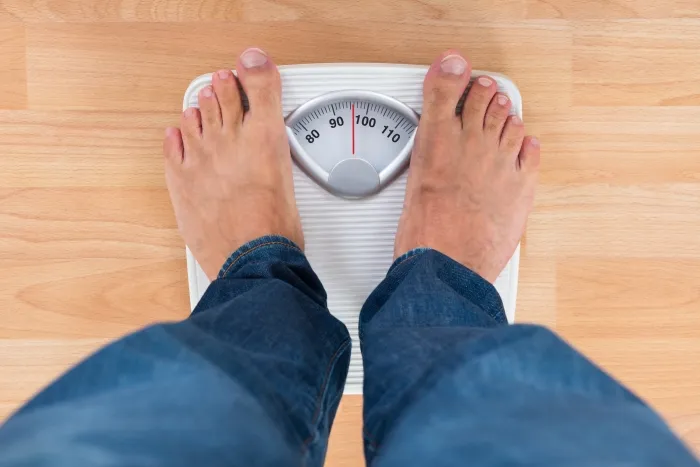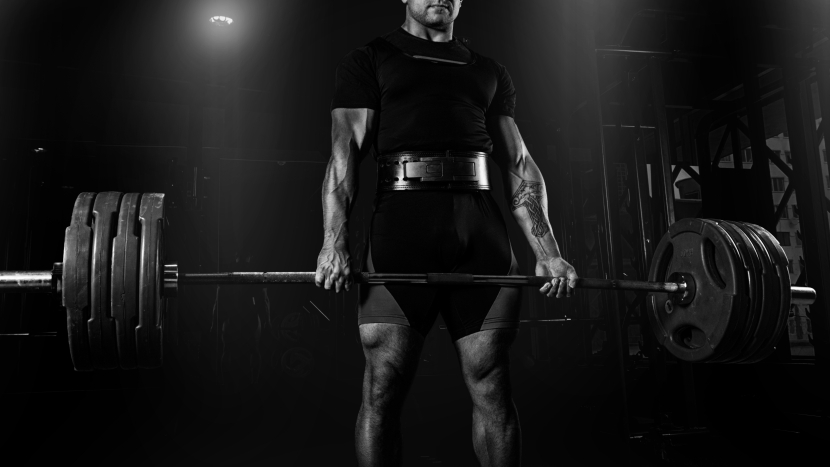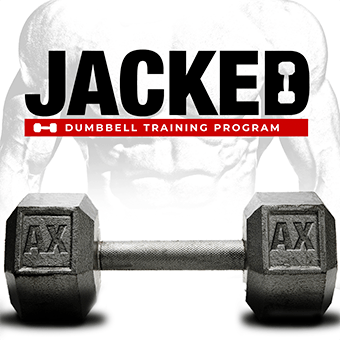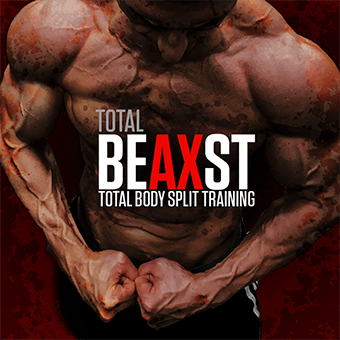You can crush every rep in the gym, sweat buckets in a fitness class, and hit new PRs all month but if your nutrition is garbage, you can forget ever hitting your goals.
Training breaks your muscles down. Nutrition rebuilds them bigger and stronger. Skip that piece of the puzzle, and you’ll stay stuck in the same body year after year.
Here’s how to get your nutrition game dialed in like an athlete:
Track Your Calories: Whether you’re chasing muscle mass or fat loss, your results depend on energy balance. If you’re trying to bulk, aim for a small calorie surplus around 300 to 500 extra calories a day. Cutting? Keep a modest deficit of 300 to 500 calories below maintenance. Use apps like MyFitnessPal, Nike+ Training Club, or go old-school with a food journal.
Prioritize Protein: This is non-negotiable. Aim for at least 0.8 to 1 gram of protein per pound of body weight per day. Protein fuels muscle repair, growth, and helps keep you full longer. Think lean meats, eggs, Greek yogurt, whey protein, fish, and legumes.
Time Your Meals: Your body is like an engine, and it needs fuel to perform. Eat carbs and protein around your workouts to boost energy, improve training output, and speed up recovery. Pre-workout, think oats and protein. Post-workout, go for fast-digesting carbs like fruit and a protein shake.
Stay Hydrated: Even mild dehydration can zap your strength, endurance, and focus. Grab your water bottles and aim for at least half your body weight in ounces of water daily. Even more if you’re sweating hard in training.
Be Consistent, Not Perfect: Forget all-or-nothing diets. Consistency wins every time. You don’t need to hit 100% perfection. Aim for 80 to 90% adherence to your nutrition plan. One bad meal doesn’t ruin progress but giving up does.
Mind Your Micronutrients: Don’t live on protein bars and chicken alone. Include a variety of fruits, veggies, nuts, and whole grains for vitamins, minerals, and fiber. Your body needs more than just macros to perform at its best.
Think of training as the spark and nutrition as the fuel that makes the fire burn. You wouldn’t try to build a house without bricks, and you sure can’t build muscle without calories and quality nutrients.
If you’re serious about transforming your body, put as much focus into the kitchen as you do in the gym.



